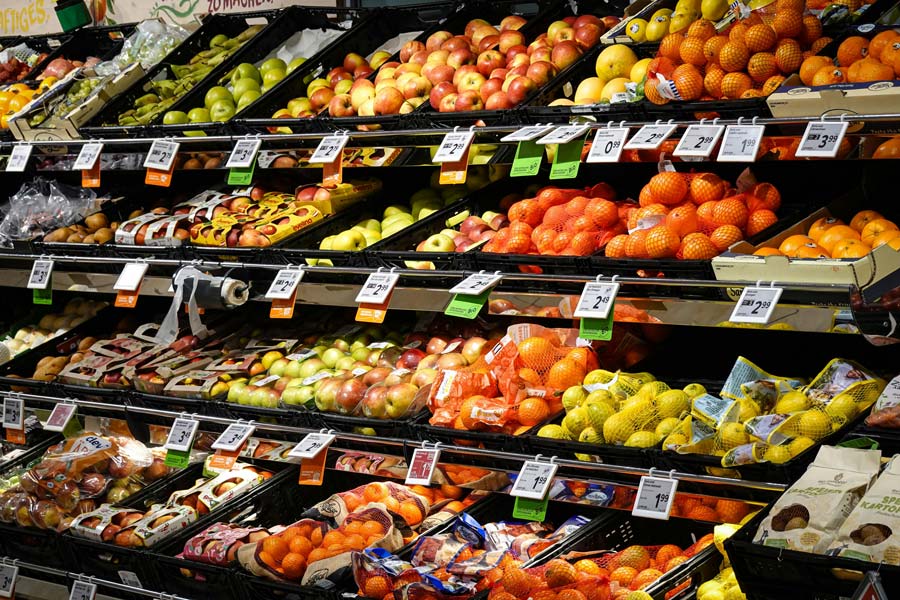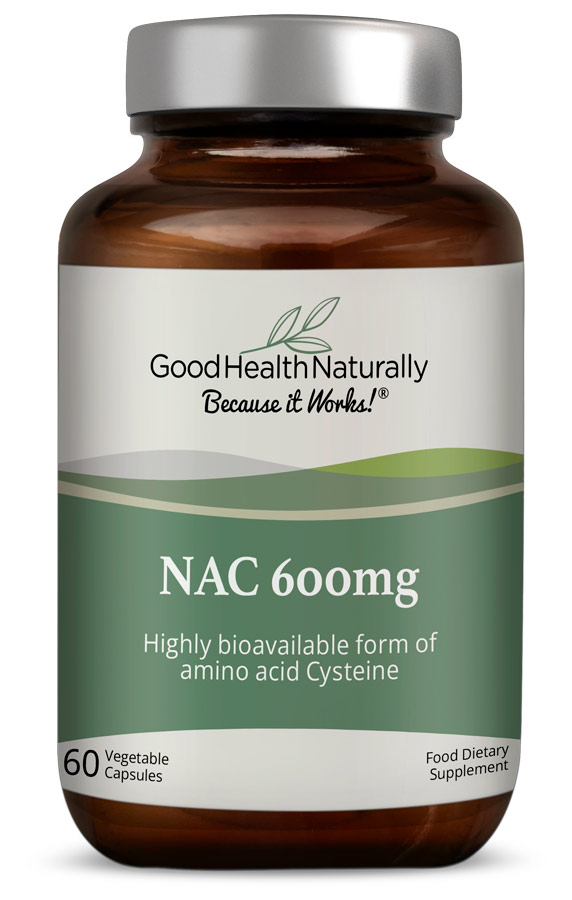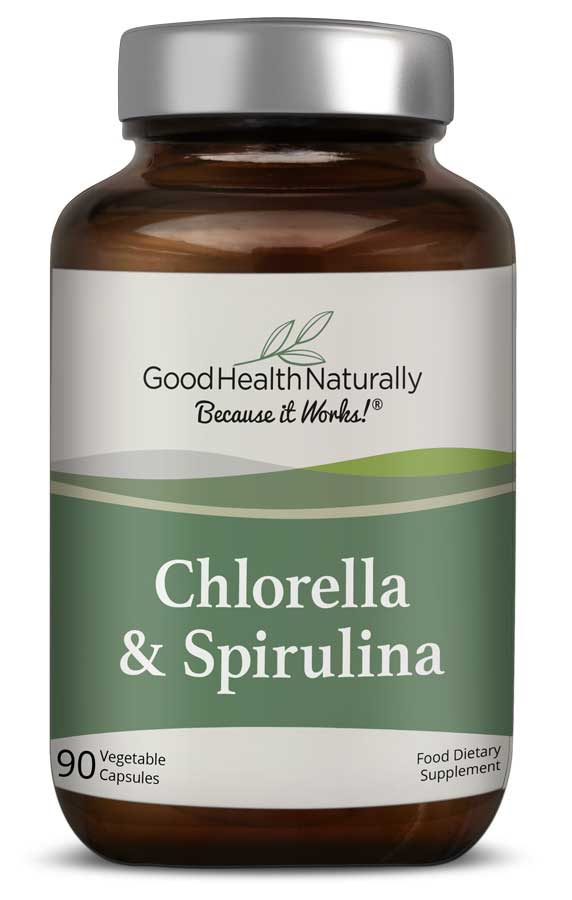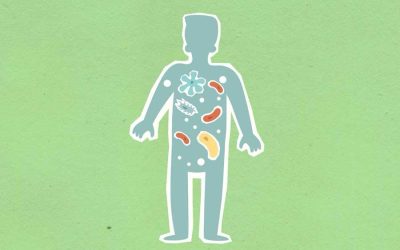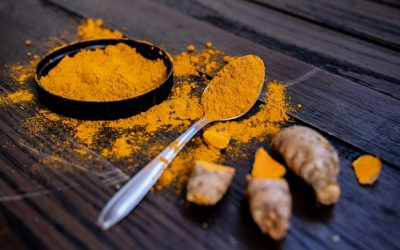What Is the Dirty Dozen 2025?
Each year, the Environmental Working Group (EWG) updates the Dirty Dozen list, highlighting the fruits and vegetables with the highest pesticide residues. This helps consumers make informed choices when shopping for produce.
Understanding the Dirty Dozen and Clean Fifteen
The Dirty Dozen 2025 list identifies the fruits and vegetables with the highest pesticide loads this year. The Clean Fifteen, by contrast, ranks those with the lowest pesticide residues.
Similarly, in the UK, the campaigning charity Pesticide Action Network releases its own Dirty Dozen 2025 list, based on the latest government testing. It is based on the UK Government’s testing of produce and other foodstuffs for pesticide residues. Roughly 3,000 samples are tested annually. While this testing is useful to an extent, it is inconsistent and piecemeal. For example, tomatoes might be tested one year and not the next. They don’t produce a Clean 15 UK list because they believe the testing program is too limited to provide a full picture of pesticide contamination.
These lists aren’t designed to scare people away from fruits and vegetables. Instead, they aim to help consumers make informed choices that reduce exposure to potentially harmful chemicals.
Pesticides: What They Are and Why They Matter
Pesticides are essentially poisons designed to kill living organisms. They include herbicides, insecticides and fungicides. In large-scale agriculture, spraying pesticides is often seen as a quicker and more cost-effective way to protect yields and ensure a successful harvest. However, some fruits and vegetables are more vulnerable to pests, leading to heavier pesticide use on certain types of produce.
Unfortunately, this widespread use significantly increases the likelihood that chemical residues will contaminate the food we eat and, ultimately, enter our bodies. Even when we choose foods we consider ‘healthy’ or ‘nutritious,’ we may unknowingly be consuming harmful toxins.
Health Risks of Long-Term Pesticide Exposure
Scientific studies have repeatedly linked long-term pesticide exposure to:
- Hormonal disruption
- Neurological issues
- Reproductive problems
- Increased cancer risk
These risks vary depending on the type of pesticide involved. Let’s take a closer look at some specific chemicals of concern and how they may affect human health.
Difenoconazole: Fungicide Concerns
This fungicide is used to combat issues like blight and seed rot. Difenoconazole appears as a residue on many of the items in the UK Dirty Dozen list. It belongs to the ‘azole’ class of fungicides, which may interfere with hormonal balance. It is classified as a possible human carcinogen and reproductive or developmental toxin.
Glyphosate: A Controversial Herbicide
Another highly controversial pesticide is glyphosate, the most widely used herbicide globally. It has been linked to various health concerns, including some cancers, congenital disabilities and kidney disease.
The health risks associated with glyphosate have led to growing calls for a ban on its use. Several countries have already prohibited its use or are actively phasing it out. However, in the UK, glyphosate isn’t only used on farms, but it’s also sprayed in towns and cities to control weeds in public spaces.
The ‘Cocktail Effect’ of Multiple Pesticides
A key feature of PAN UK’s 2025 Dirty Dozen report is its focus on multiple pesticide residues in a single food item. This is crucial because current government safety limits are set for one pesticide at a time, ignoring the potential ‘cocktail effect’ where combined chemicals become more harmful than any one alone.
EWG’s Dirty Dozen 2025 List
- Spinach
- Strawberries
- Kale, Collard, and Mustard Greens
- Grapes
- Peaches
- Cherries
- Nectarines
- Pears
- Apples
- Blackberries
- Blueberries
- Potatoes
UK Dirty Dozen 2025 Foods to Watch
- Soft citrus fruits, tangerines
- oranges
- Lemons
- Grapes
- Pears
- Pulses
- Bread
- Carrots
- Spring onions
- Dried black beans
- Peas
- Green Beans
EWG’s Clean Fifteen 2025 List
On the brighter side, this list offers safer conventional choices:
- Pineapples
- Sweet Corn
- Avocados
- Papaya
- Onions
- Frozen Sweet Peas
- Asparagus
- Cabbage
- Watermelon
- Cauliflower
- Bananas
- Mangos
- Carrots
- Mushrooms
- Kiwi
Why These Foods Are “Clean”
Thick peels or skins, such as those found on avocados and pineapples, protect the edible part of the fruit. Some crops, such as onions and cabbage, are naturally pest-resistant and therefore require fewer chemicals. Others are often grown in environments with lower pesticide needs.
How the EWG Tests for Pesticide Residues
The EWG analyses USDA data, testing produce after washing or peeling to mimic consumer habits. They score items based on:
- Percentage of samples with pesticides
- Number of pesticides per sample
- Total pesticide concentration
- Toxicity relative to animal study harm levels
This approach highlights not just residue presence but potential health impacts.
Smart Choices for Organic and Low-Residue Foods
Opting for organic versions of Dirty Dozen 2025 items or choosing conventional Clean Fifteen options can reduce your pesticide exposure significantly, without straining your budget.
Opting for organic also supports more sustainable farming and helps minimise your intake of harmful chemicals.
That said, don’t let the fear of pesticides stop you from eating more fruits and vegetables. Organic or not, a varied, plant-rich diet is packed with vitamins, fibre, and antioxidants, all of which support heart health, healthy weight, and long-term wellbeing.
Simple Tips to Reduce Pesticide Exposure
You don’t need to completely overhaul your diet to minimise pesticides. Here are actionable steps to enjoy produce while reducing risks:
- Buy Organic for the Dirty Dozen
Prioritise organic spinach, strawberries, and other listed items, especially for children or pregnant women.
- Choose Conventional for Clean Fifteen
Save money on pineapples, avocados, and other low-residue items.
- Wash Thoroughly
Rinse produce under running water for 15–20 seconds, scrubbing firm items like potatoes with a brush. Skip soap or bleach, as produce can absorb chemicals.
- Peel When Possible
Remove skins from fruits like apples or potatoes to reduce residues, but wash first to avoid transferring contaminants.
- Trim Leafy Greens
Discard the outer leaves of kale or lettuce, as they often harbour pesticides.
- Grow Your Own
Start a small garden for herbs, greens, or berries to control pesticide use.
- Support Local Farmers
Buy from farmers’ markets, where growers often use fewer chemicals, and ask about their practices.
Natural Ways to Support Detox
Even with the best efforts to eat organic, small amounts of pesticide residue can still sneak in. Supporting your body’s natural detox pathways can help reduce the overall toxic load. Here are some gentle, research-backed options to consider:
- Chlorella
This green algae binds to heavy metals and certain pesticides in the gut, helping the body safely eliminate them. Look for a cracked-cell wall version for better absorption.
- Spirulina
Often used in conjunction with chlorella, spirulina is rich in antioxidants and nutrients that help neutralise toxins and support immune health.
- Glutathione or NAC (N-Acetyl Cysteine)
Glutathione is the body’s master antioxidant and plays a key role in detox. NAC helps the body produce more of it naturally.
- Fibre
Soluble fibre from flaxseed, chia, psyllium, oats or apples can bind toxins and help sweep them out of the digestive tract. Aim to include a variety of fibres daily.
- Stay Hydrated
Water supports kidney function and helps flush out toxins. Herbal teas like dandelion or nettle may also support natural detoxification.
Final Thoughts on the Dirty Dozen 2025
The Dirty Dozen 2025 list is a valuable resource that highlights produce with the highest pesticide residues, helping you make smarter choices about what you eat. While pesticides are a real concern, it’s essential not to avoid fruits and vegetables altogether, as they are crucial for maintaining good health.
By choosing organic options for items on the Dirty Dozen 2025 list and opting for conventional produce from the Clean Fifteen, you can significantly reduce your pesticide exposure without breaking the bank. Simple steps like washing, peeling, and supporting local farmers further help minimise risk.
Remember, these lists are tools designed to increase your awareness and guide you towards better food choices, not to cause fear. Embracing the Dirty Dozen 2025 alongside other healthy eating habits will help you enjoy the benefits of fresh produce while protecting your long-term health.

